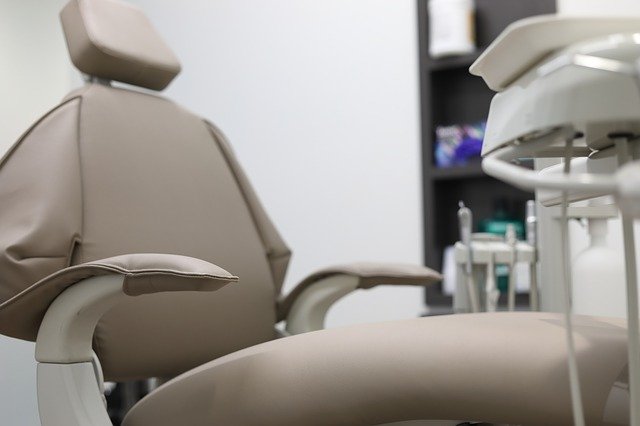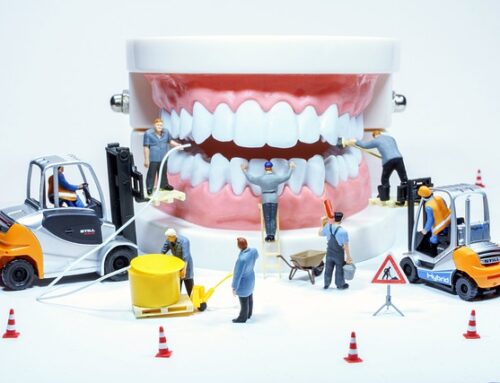During the COVID-19 pandemic, it might be confusing whether a dental treatment is emergent or urgent. We understand that these are difficult and trying times, but we are here to continue to help and provide you with the dental care you need to remain healthy and happy. The American Dental Association (ADA) provided some detailed guidance back in March on what is considered an emergency and what is not. This is in an effort to curb the spread of COVID-19 and alleviate the burden on hospital and emergency departments.
What are emergency dental care needs?
According to the ADA, a dental emergency is a life threatening event that requires immediate treatment to stop ongoing tissue bleeding or to alleviate severe pain or infection. Some of those emergency situations include:
- Uncontrolled bleeding.
- Cellulitis or a diffuse soft tissue bacterial infection with intraoral or extraoral swelling that might compromise the airway.
- Trauma involving facial bones that can compromise the airway.
Other emergency dental care might also include extensive cavities or defective restorations causing pain, suture removal, denture adjustments or repairs when function is impeded or adjustments of braces.
What are urgent dental appointments?
Urgent dental care should continue to focus on the management of conditions that require immediate attention to relieve severe pain and/or risk of infection. It is important to alleviate the burden on hospital emergency department, so please reach out to us if you are unsure of what to do.
Some examples of what urgent dental care treatments are:
- Severe dental pain from pulpal inflammation.
- Third molar pain.
- Surgical postoperative dry socket dressing changes.
- Abscess or localized bacterial infection resulting in localized pain and swelling.
- Tooth fracture resulting in pain or causing soft tissue trauma.
- Dental trauma with avulsion.
- Temporary restoration is lost, broken or causing irritation.
What are non-emergency dental procedures?
Since we are open again with added safety measures, it is easier to attend to non-emergency dental procedures. According to the ADA, non-emergency procedures include:
- Initial or periodic oral examinations and follow up visits.
- Routine dental cleaning and other preventive therapies.
- Orthodontic procedures other than those to address acute issues.
- Extraction of asymptomatic teeth.
- Restorative dentistry.
- Aesthetic dental procedures.
As always, please reach out to our office to learn more and if you have any questions about whether your dental complication is an emergent or non-emergent issue.







